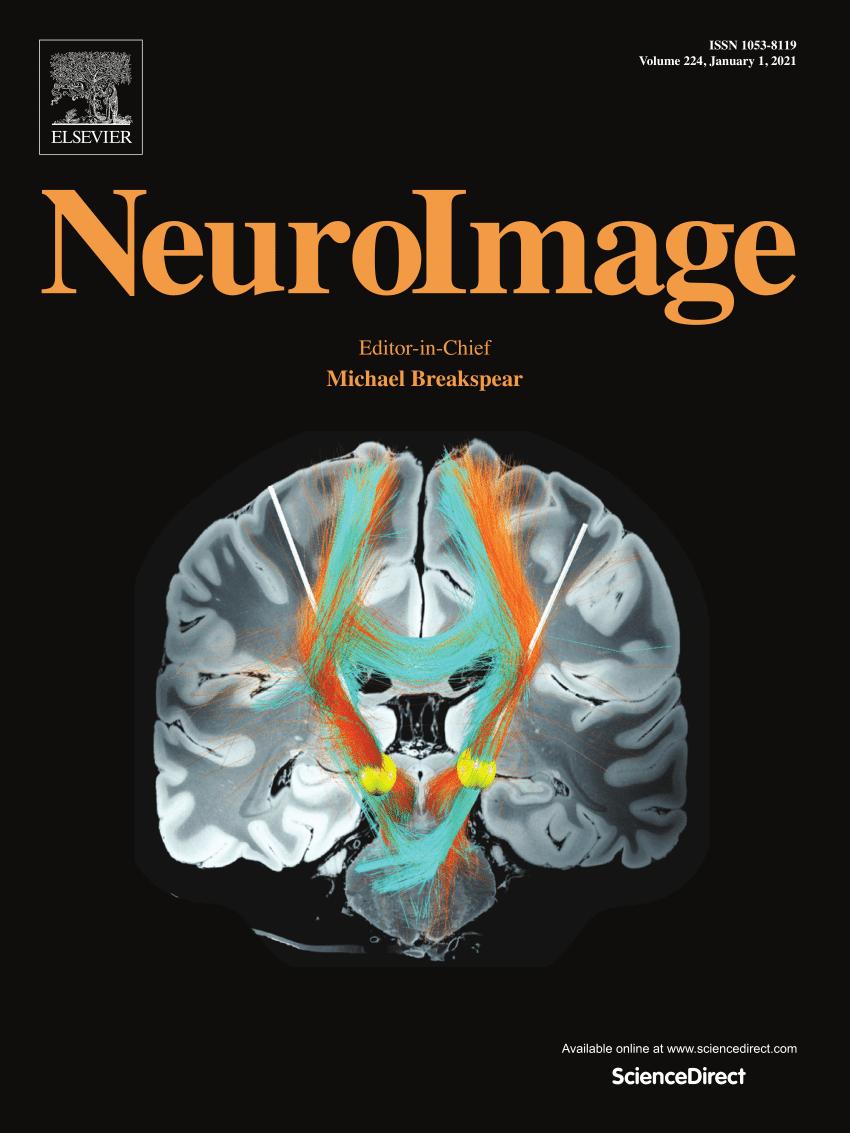Brain development during the lifespan of cynomolgus monkeys
IF 4.5
2区 医学
Q1 NEUROIMAGING
引用次数: 0
Abstract
The cynomolgus monkey has emerged as a predominant nonhuman primate model in neuroscience research. A comprehensive grasp of the growth and development patterns in the cynomolgus monkey brain is crucial for the judicious utilization of this species in neuroscience investigations. This project involved the collection of brain [18F]FDG PET-MRI data from 228 healthy cynomolgus monkeys spanning the age range of 0.5–29.5 years to construct an age-specific multimodal image brain template toolset tailored to cynomolgus monkeys. Their brain volume and glucose metabolism were quantitatively analyzed by utilizing an individualized spatial segmentation algorithm. Our findings encapsulated the growth and development trends, sex differences, and asymmetrical variations in brain volume and glucose metabolism in cynomolgus monkeys, and analyzed the correlation between the brain volume and glucose metabolism. This endeavor enhances our capacity to leverage the cynomolgus monkey model in neuroscience research by providing a valuable resource for researchers. The age-specific brain template toolset and associated data offer a robust foundation for future investigations, facilitating a nuanced understanding of brain development in this primate species and, consequently, informing and advancing neuroscience research employing cynomolgus monkeys.

食蟹猴一生中的大脑发育。
立体定位脑模板在自动神经图像分析中的应用已成为主流技术。然而,在食蟹猴实验研究的背景下,缺乏足够的大脑模板。这一差距对有效利用食蟹猴进行神经科学研究提出了挑战。考虑到发育和衰老过程中,特别是出生后结构形态和功能成熟度的动态变化,提高图像数据分析的准确性需要构建一系列跨越所有年龄组的立体定向脑模板。因此,本研究开发了一套完整的发育食蟹脑立体定向模板,包括T1WI MRI结构模板、组织概率图(TPM)、[18F]FDG PET功能模板在标准化空间中对齐。该模板集使食蟹猴脑组织在不同发育阶段的精确定位和定量。此外,它还可以用于自动个性化子结构分割。通过在单个空间内自动生成多个精度子区域分割,保持了单个数据的完整性,具有较高的精度和可重复性。我们构建的食蟹模板集可以进一步促进非人类研究中大脑结构和葡萄糖代谢功能的准确研究。
本文章由计算机程序翻译,如有差异,请以英文原文为准。
求助全文
约1分钟内获得全文
求助全文
来源期刊

NeuroImage
医学-核医学
CiteScore
11.30
自引率
10.50%
发文量
809
审稿时长
63 days
期刊介绍:
NeuroImage, a Journal of Brain Function provides a vehicle for communicating important advances in acquiring, analyzing, and modelling neuroimaging data and in applying these techniques to the study of structure-function and brain-behavior relationships. Though the emphasis is on the macroscopic level of human brain organization, meso-and microscopic neuroimaging across all species will be considered if informative for understanding the aforementioned relationships.
 求助内容:
求助内容: 应助结果提醒方式:
应助结果提醒方式:


